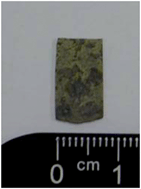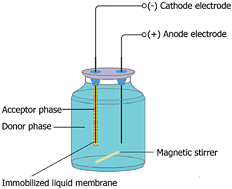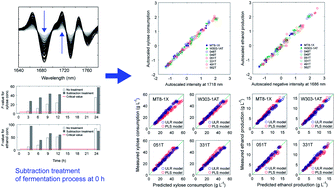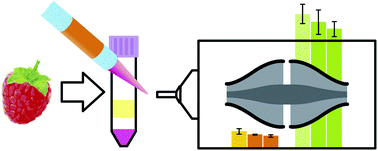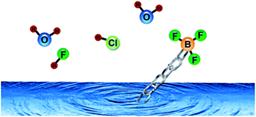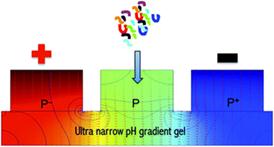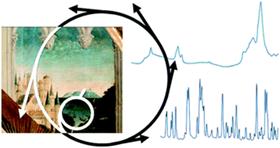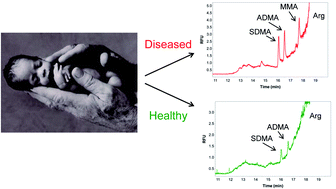During the months April – June 2014, the most downloaded Analytical Methods articles were:
Principal component analysis
Rasmus Bro and Age K. Smilde
Anal. Methods, 2014, 6, 2812-2831
DOI: 10.1039/C3AY41907J
Fluorescence spectroscopy and multi-way techniques. PARAFAC
Kathleen R. Murphy, Colin A. Stedmon, Daniel Graeber and Rasmus Bro
Anal. Methods, 2013, 5, 6557-6566
DOI: 10.1039/C3AY41160E
Fluorescence turn-off detection of hydrogen peroxide and glucose directly using carbon nanodots as probes
Jianfei Wei, Li Qiang, Jun Ren, Xiangling Ren, Fangqiong Tang and Xianwei Meng
Anal. Methods, 2014, 6, 1922-1927
DOI: 10.1039/C3AY41837E
Nanoparticles: a global vision. Characterization, separation, and quantification methods. Potential environmental and health impact
Ana López-Serrano, Riansares Muñoz Olivas, Jon Sanz Landaluze and Carmen Cámara
Anal. Methods, 2014, 6, 38-56
DOI: 10.1039/C3AY40517F
Let there be chip—towards rapid prototyping of microfluidic devices: one-step manufacturing processes
Ansgar Waldbaur, Holger Rapp, Kerstin Länge and Bastian E. Rapp
Anal. Methods, 2011, 3, 2681-2716
DOI: 10.1039/C1AY05253E
Photocatalytic reduction of CO2: a brief review on product analysis and systematic methods
Jindui Hong, Wei Zhang, Jia Ren and Rong Xu
Anal. Methods, 2013, 5, 1086-1097
DOI: 10.1039/C2AY26270C
The Folin–Ciocalteu assay revisited: improvement of its specificity for total phenolic content determination
Juan Carlos Sánchez-Rangel, Jorge Benavides, J. Basilio Heredia, Luis Cisneros-Zevallos and Daniel A. Jacobo-Velázquez
Anal. Methods, 2013, 5, 5990-5999
DOI: 10.1039/C3AY41125G
Rhodamine and BODIPY chemodosimeters and chemosensors for the detection of Hg2+, based on fluorescence enhancement effects
M. J. Culzoni, A. Muñoz de la Peña, A. Machuca, H. C. Goicoechea and R. Babiano
Anal. Methods, 2013, 5, 30-49
DOI: 10.1039/C2AY25769F
Quantification of a-polylysine: a comparison of four UV/Vis spectrophotometric methods
Andrea Grotzky, Yuichi Manaka, Sara Fornera, Martin Willeke and Peter Walde
Anal. Methods, 2010, 2, 1448-1455
DOI: 10.1039/C0AY00116C
OpenFluor– an online spectral library of auto-fluorescence by organic compounds in the environment
Kathleen R. Murphy, Colin A. Stedmon, Philip Wenig and Rasmus Bro
Anal. Methods, 2014, 6, 658-661
DOI: 10.1039/C3AY41935E
Interesting read? Please share your thoughts below!
And remember, you can submit direct to Analytical Methods here











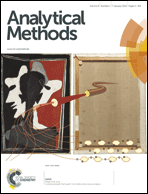 We are delighted to announce our highest Impact Factor* yet with 1.94!
We are delighted to announce our highest Impact Factor* yet with 1.94!




